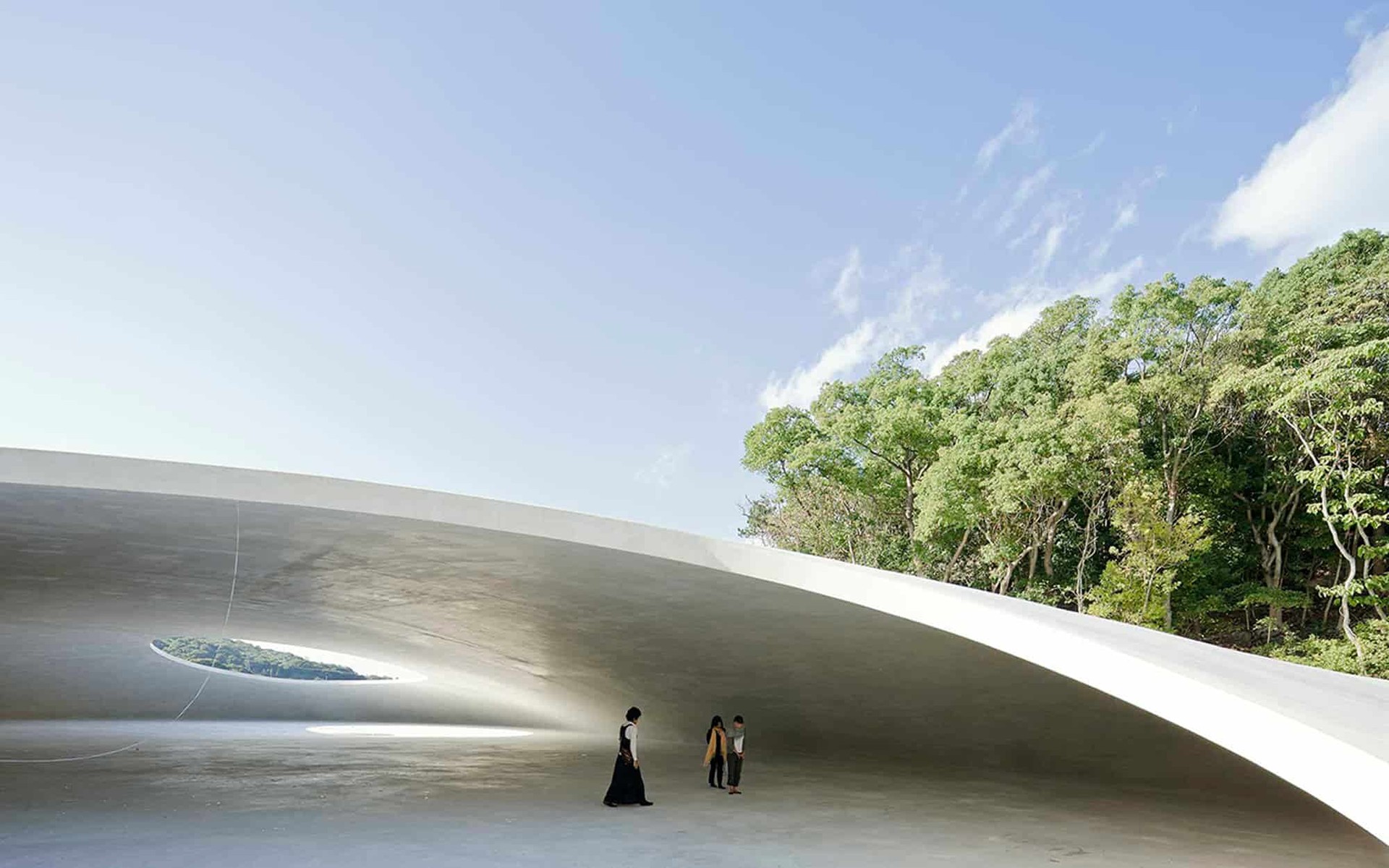
INSPIRE
The science of light
It’s well known that an increase or decrease in light can dramatically affect our mood, feelings and emotions. And it’s a subject that Mazda has been researching, as it looks to enhance the experience of its users.
The evolution of light
Light influences our circadian rhythm—also known as a “body clock”—which regulates our sleep-wake cycle, improves cognitive functions and increases activity levels. Utilising light in any human space is an area of expertise for environmental psychologist Dr. Sally Augustin, who consults on creating environments people can thrive in, for both individuals and organisations. “Part of my job is really getting into how the physical world around you influences what goes on in your head,” she says.
“Light shapes our mood, which determines how broadly or narrowly we think.”
Dr. Sally Augustin, Environmental Psychologist
Human behaviour is affected by two elements of lighting—the intensity and the colour temperature. Studies show that while cooler lights enhance concentration and alertness, warmer lights promote relaxation and comfort. Like many psychologists in her field, Dr. Augustin believes that our responses to light date back to our experiences as a young species. “During sunrises and sunsets, the warm natural light would transition us gently from our sleep-wake cycle. But natural light becomes cooler during the day, which is when we needed to be productive.”
This influence over circadian rhythms is so well documented that it’s created the concept of human-centric lighting: the use of artificial lighting to mimic the course of natural daylight indoors. Many engineers, designers and architects have already harnessed human-centric lighting to successfully illuminate spaces and enhance human performance. It can even stimulate recovery in medical environments.
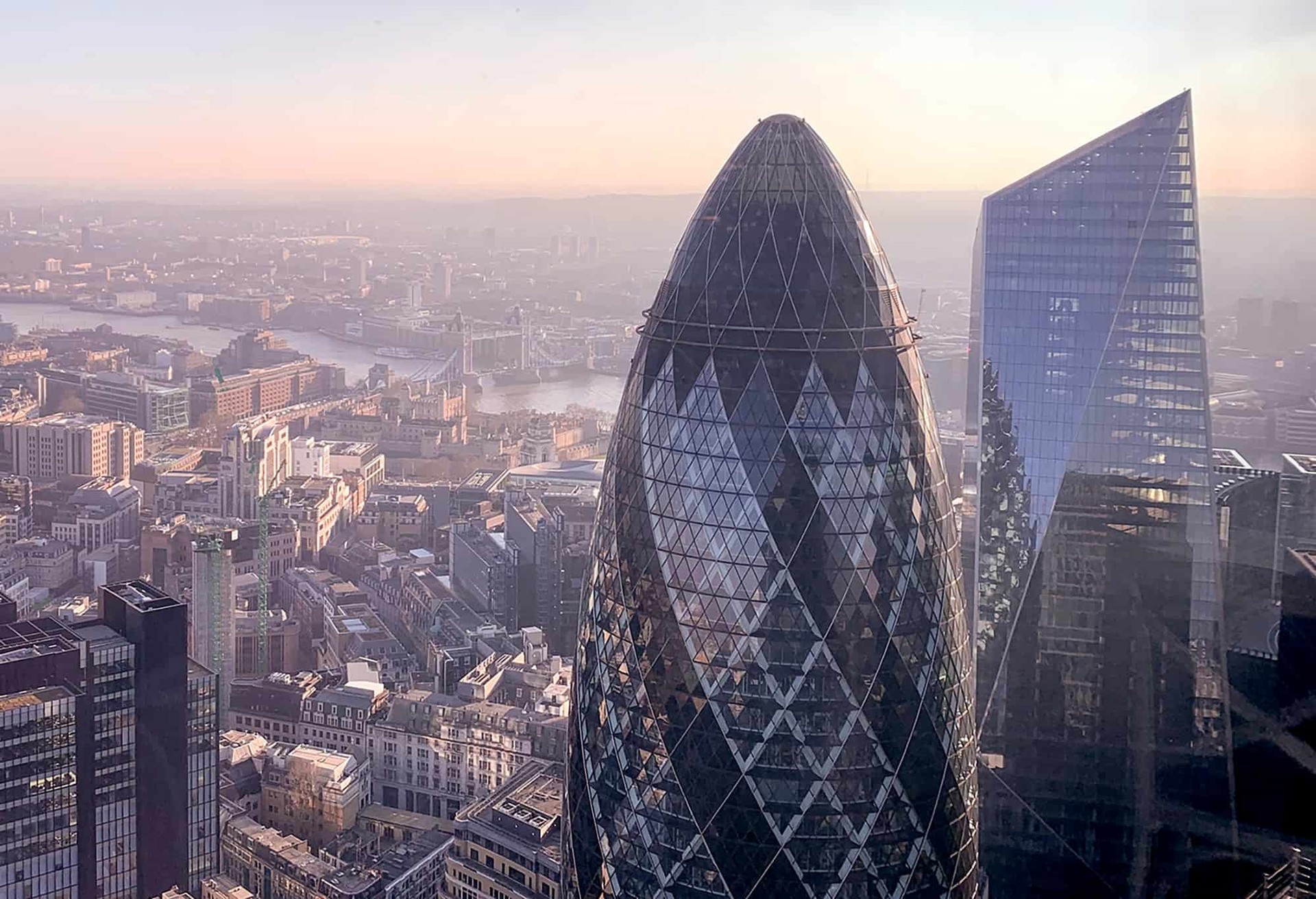
Lighting in architecture
Some of the most innovative buildings in recent years use daylight as an integral part of their design. The award-winning 30 St Mary Axe in London, U.K.—aka “The Gherkin”—utilizes natural light to reduce energy consumption and improve sustainability. However, artificial light is just as necessary in architectural design and has become a fundamental pillar in both interior and exterior elements.
Image: Alev Takil (Unsplash)
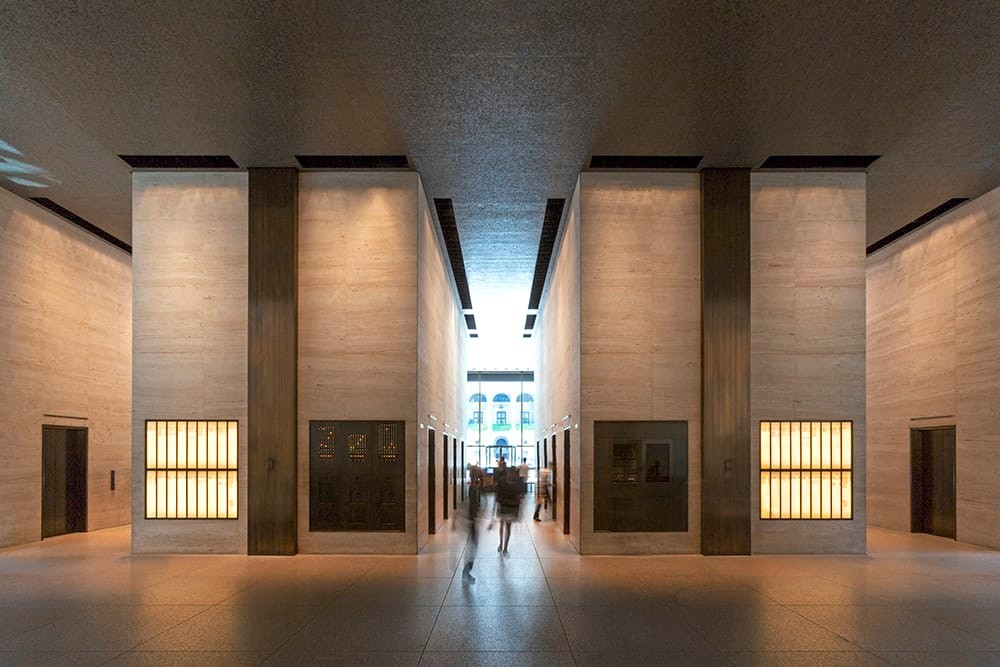
Seagram Building by Ludwig Mies van der Rohe, New York, U.S.
Regarded as one of the pioneers of modern architecture, Mies van der Rohe became one of the first architects to work alongside an independent architectural lighting design consultant by the name of Richard Kelly. This was the very beginning of the lighting design profession as we know it today.
Image: William Zbaren
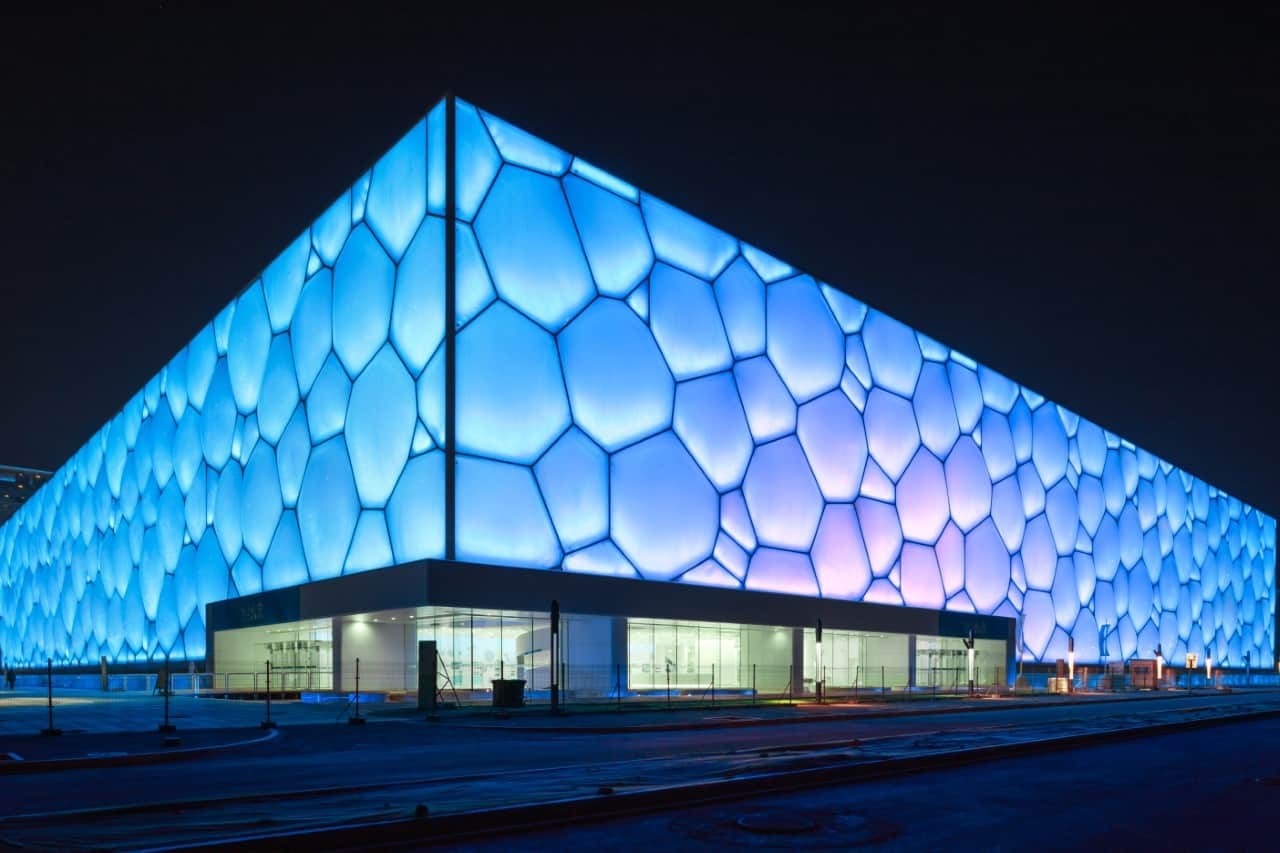
Watercube National Swimming Centre by PTW Architects, Beijing, China
Built for the 2008 Summer Olympic Games, the building features a façade that is illuminated internally by almost half a million Cree XLamp LEDs at night. The lights’ colour is controlled by computer programming that interprets public mood on Sina Weibo, China’s major social media network.
Image: Zhou Ruogu
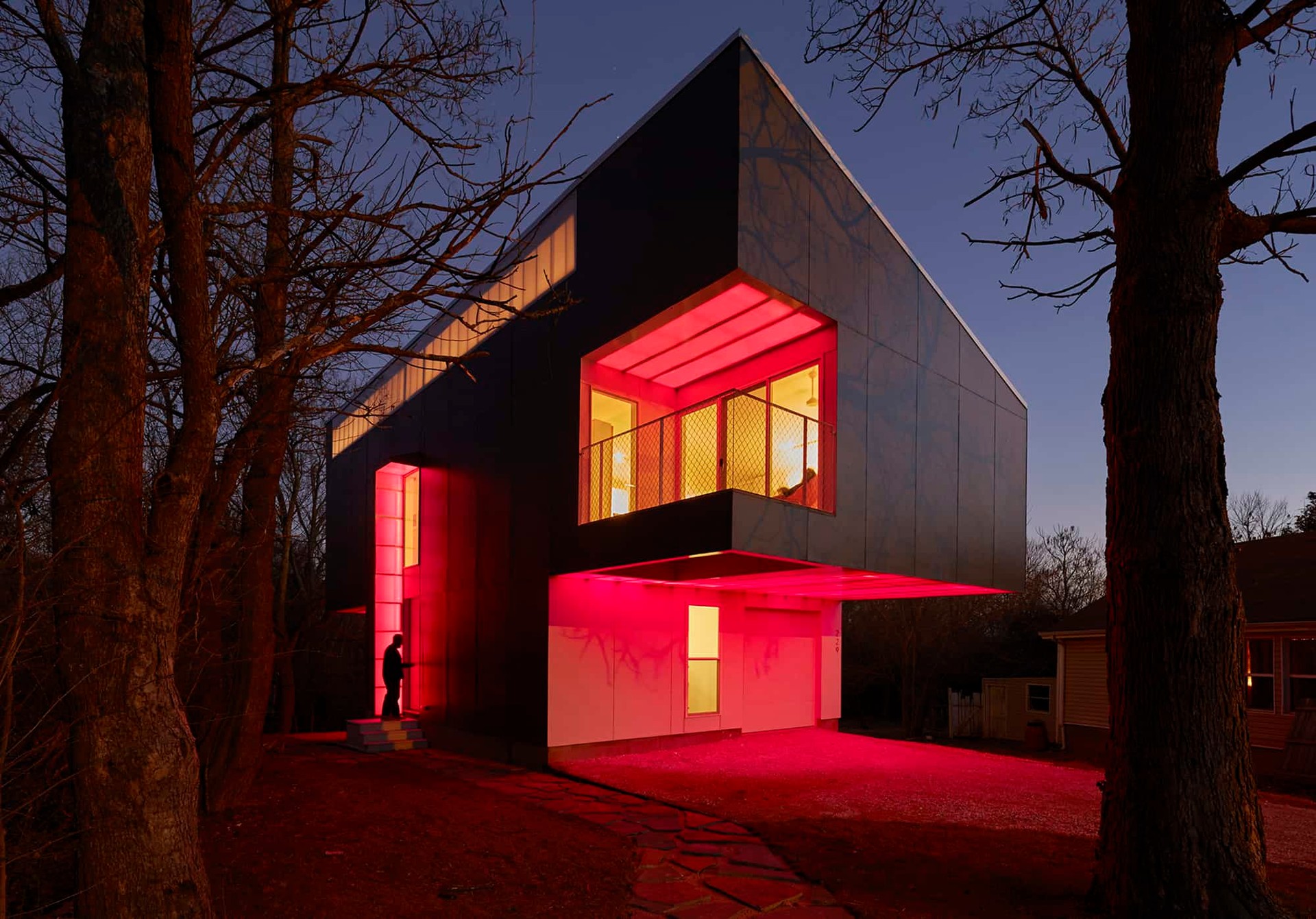
Mood Ring House by Silo AR+D, Arkansas, U.S.
At this experimental family home designed by its owner, the lights are controlled through smartphone technology and can be changed depending on the mood of the inhabitants. For example, a fiery red informs the neighbours that their music is too loud.
Image: Timothy Hursley
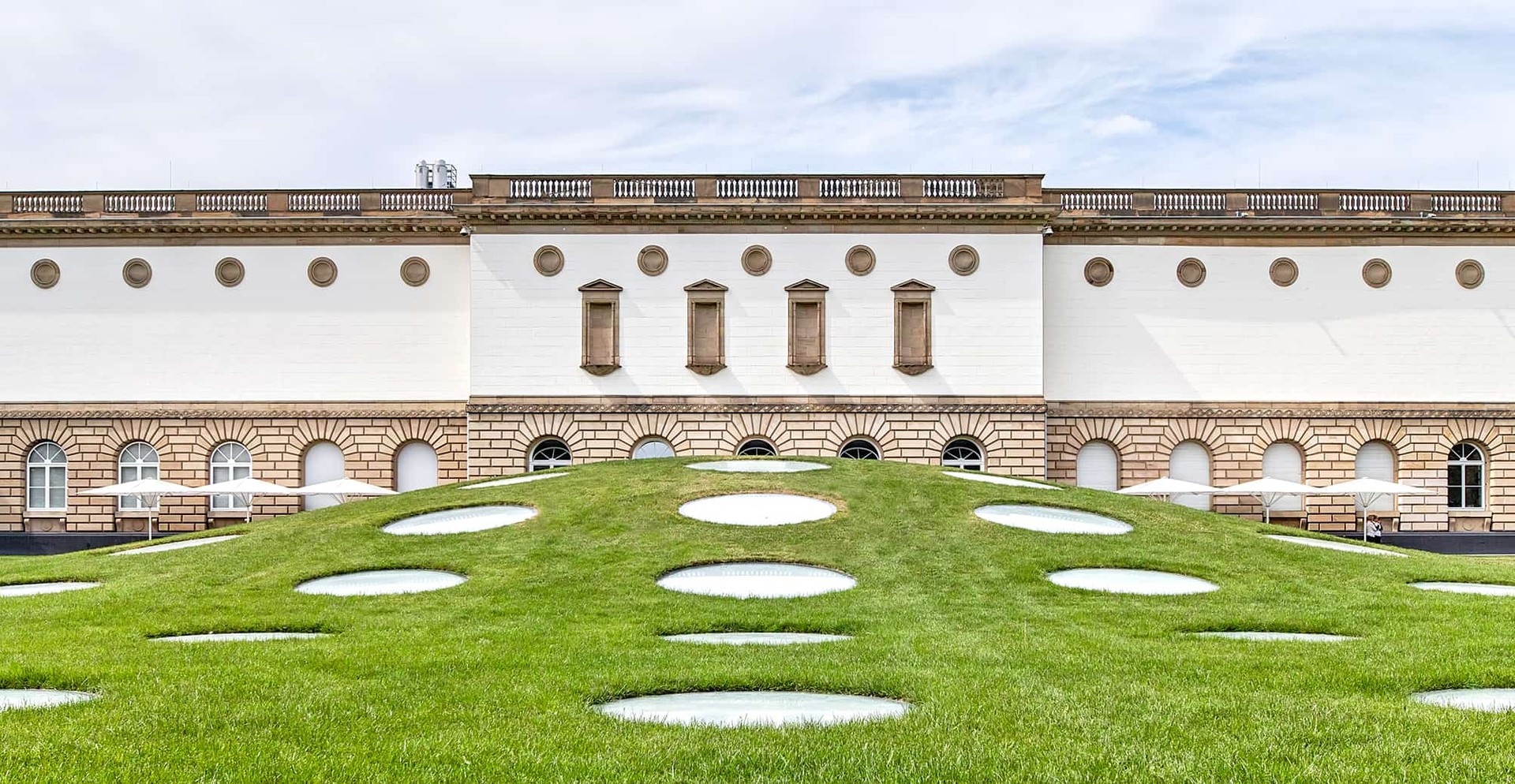
Städel Museum extension by Schneider+Schumacher, Frankfurt, Germany
An underground gallery built beneath the lawns of the Städel Museum, the area is lit by a combination of 200 circular skylights and artificial lighting. It has been described by the press as a “shining jewel by day, and a pool of light at night.”
Image: Shutterstock
To assist these industries, the International Commission on Illumination (CIE) has spent more than two decades defining a system that measures optical radiation (light) and its responses. These guidelines offer recommendations for appropriate lighting levels in any environment.
“Light touches every aspect of life. The future is limitless.”
Dr. Tim Brown, Professor of Neuroscience, University of Manchester
“Lighting is an important factor anywhere where humans are; it can be a vehicle, a school, a home or a hospital,” says Dr. Tim Brown, a Professor of Neuroscience at the University of Manchester in England. His research on circadian rhythms has contributed significantly to the CIE’s measures. “Lighting designers, electrical engineers and architects can refer to this information so they know how much light and what wavelengths they should be abiding to, depending on the environment they’re designing for.”
Mazda’s lighting study
The psychological and physical effects of light haven’t gone unnoticed in Hiroshima either. Kenta Kubo, Technical Leader of the Craftsmanship Development Group at Mazda, and his team conducted their own study of lighting and how it affects people’s behaviour and mood. “By understanding the characteristics of human perception, emotions and cognition, and incorporating this essence into the vehicles, we aim to deliver cars that activate the body and mind,” he explains.
“We wanted to know how each colour is perceived differently by the human eye.”
Kenta Kubo, Technical Leader of the Craftsmanship Development Group, Mazda
This concept of translating emotion into product design is called Kansei engineering, which Mazda has worked with for decades. The first steps towards Mazda’s Kansei engineering of light began following a conversation between Kubo and his colleagues Keiichiro Yamamoto and Danjoh Hiroki. They noted that the LED lights in different parts of a vehicle can be a variety of colours. This “visual noise” can be distracting for vehicle occupants, so they wanted to understand how humans recognize visual input and colour temperature. Their study was conducted in a dark room and measured both brightness and chromaticity (colourfulness). “We wanted to know how each colour is perceived differently by the human eye,” says Kubo. “What surprised me the most was that there are so many different colours of white for humans.”
The Mazda experiment
The red circles on the colour spectrum shown represent the various hues of white light. Mazda has tuned the lights to bring them closer together, resulting in a more refined cabin experience in the Mazda CX-30, MX-30 and Mazda3.
Once the study was complete, the team began to apply the results to the interior lights of the latest Mazda3, the Mazda CX-30 and the Mazda MX-30. The colour selected was white. “The human eye is extremely sensitive to the type of white Mazda wants to produce,” says Kubo. The team adjusted and unified the colour and brightness across the cabin’s controls and instrument panels. The important trip information the driver needs to know is the brightest, while the rest of the cabin’s light is toned down. As a result, the cabin space supports the driver’s field of vision by reducing visual noise, allowing the driver to feel relaxed but focused, even at night.
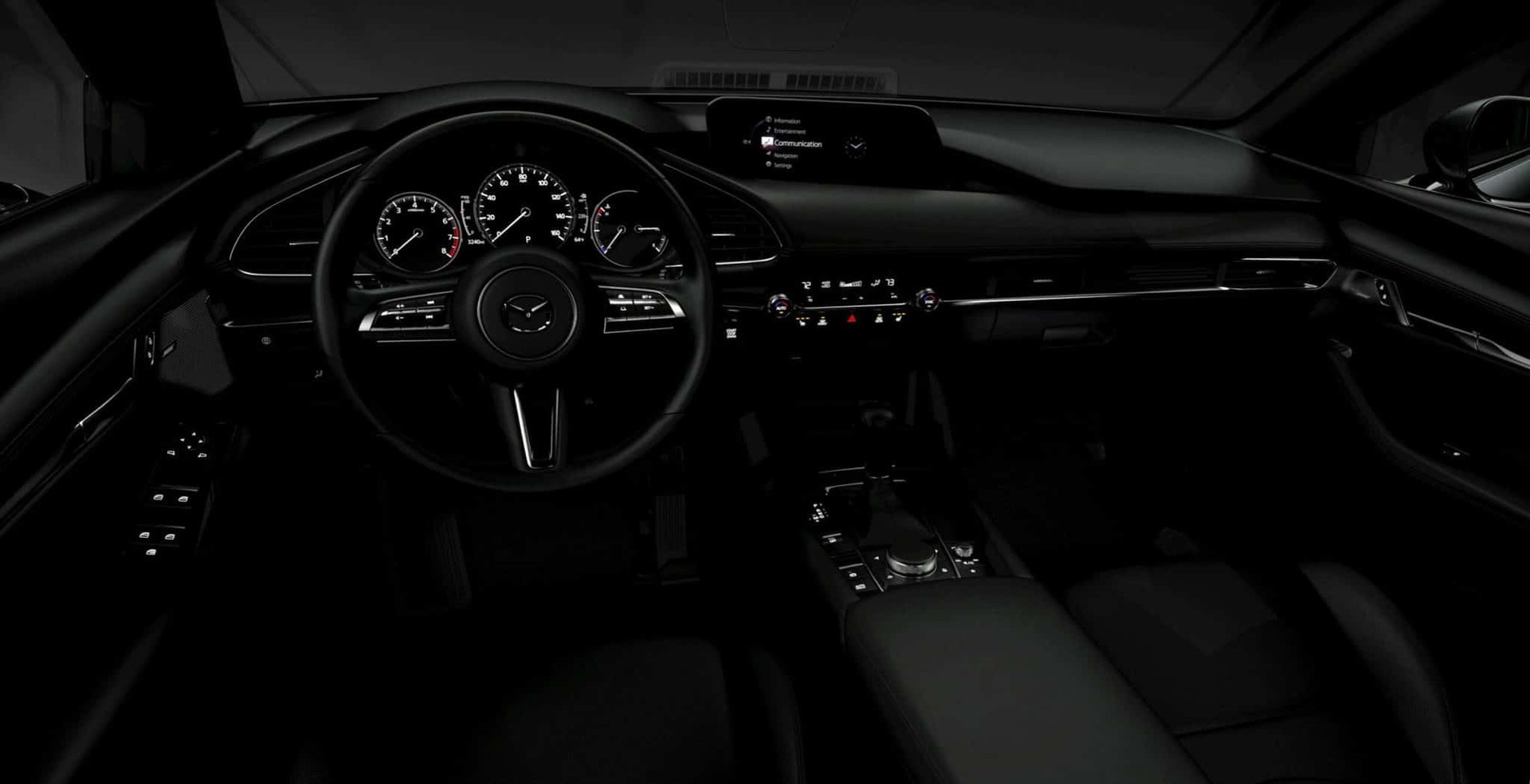
The white lights have become uniform in colour but the instrument panel is brightened to optimize vision for the driver.
Words Charlotte Briggs
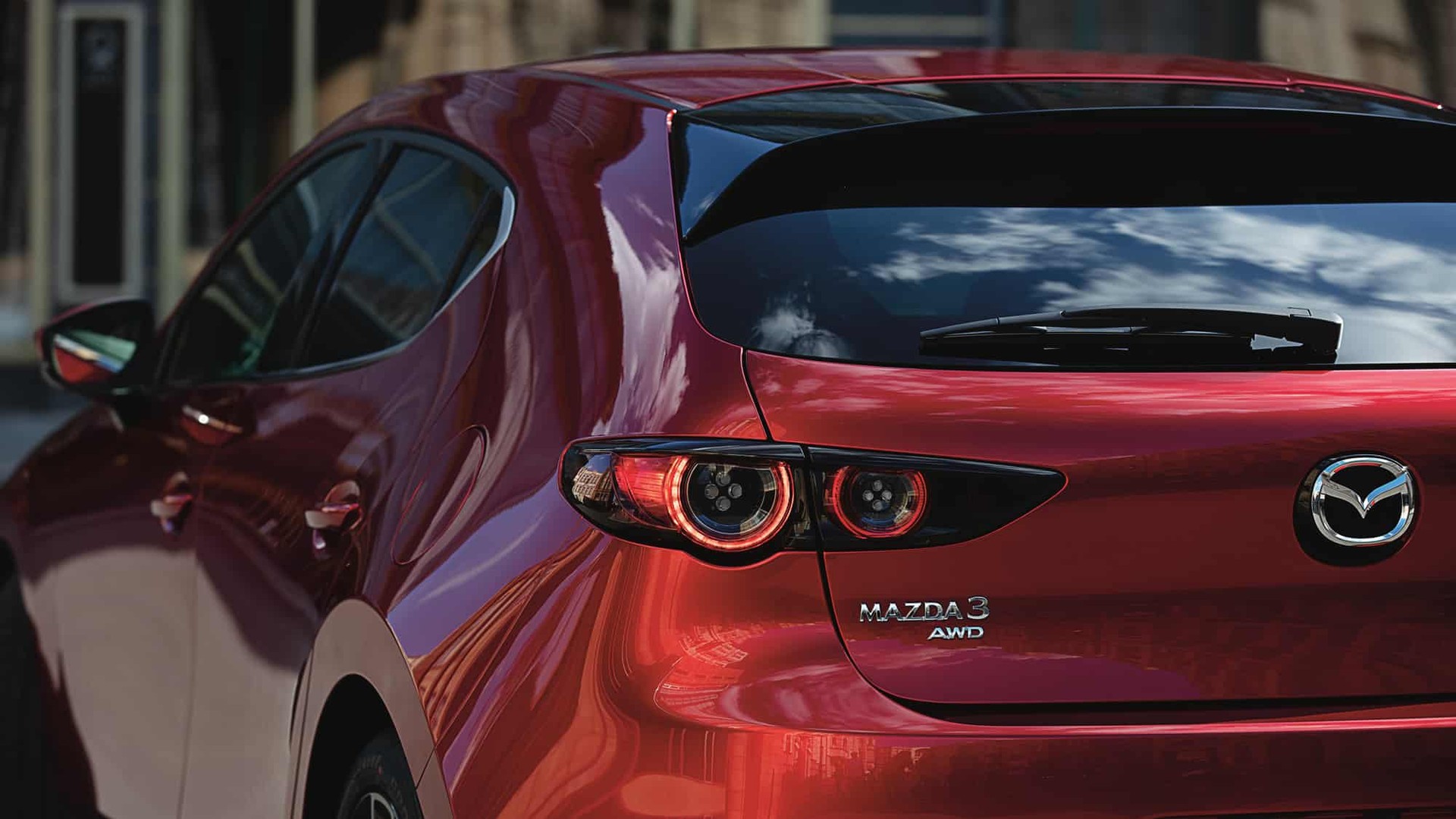
find out more
Light up your life
Discover more about the Mazda3 and Mazda CX-30


